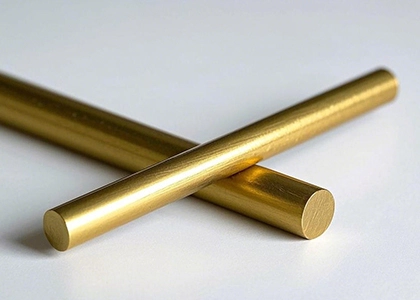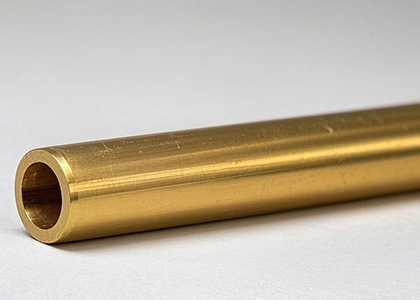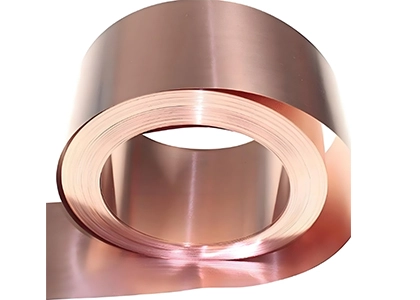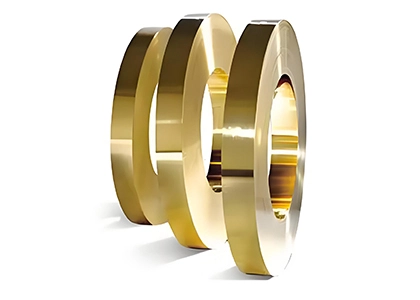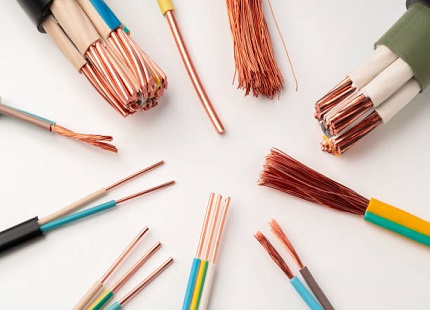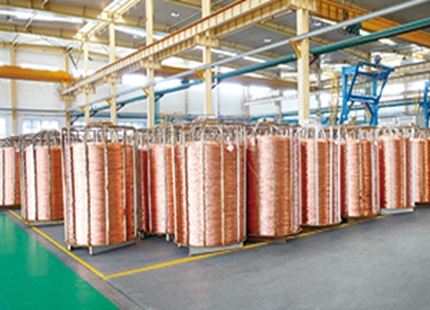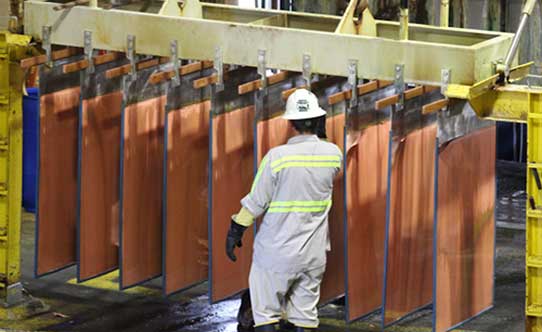Designation and Standards
Chinese National Standard (GB): H90 (GB/T 5231-2012)
International Equivalents: ASTM C22000, JIS C2200
Product Features
Balanced Strength and Conductivity: Compared to common brass, H90 offers higher strength (greater than H96) while maintaining excellent electrical conductivity (≥42% IACS) and thermal conductivity (189 W/(m·K)), making it suitable for both electrical and structural applications.
Excellent Workability: H90 exhibits superior cold and hot working ability, supporting processes such as forging, casting, cold drawing, and cold rolling. It has excellent surface finishing properties, suitable for electroplating or enamel coating.
Corrosion Resistance: Good resistance to atmospheric and freshwater corrosion. Additional protective coatings are recommended for special environments.
High Ductility: After annealing, H90 can achieve an elongation rate of up to 35%, making it suitable for deep drawing and stretching applications.
Common Product Forms and Dimensions
Product Form | Size Range |
Bar | Diameter: 4-350mm (Regular Supply: 3-40mm) |
Plate/Strip | Thickness: 0.1-150mm (Common Strip Thickness: 0.3-3.0mm) |
Tube | Outer Diameter: 10-300mm (Capillary Tube OD: 1-6.1mm) |
Wire | Diameter: 0.1-12.7mm (Coils or Straight Rods) |
Chemical Composition
Element | Cu | Zn | Pb | Fe | Total Impurities |
Percentage (%) | 88.0-91.0 | Remainder | ≤0.03 | ≤0.10 | ≤0.3 |
Note: Other trace elements (e.g., Ni, Bi) must be strictly controlled to avoid performance degradation.
Physical Properties
Property | Value |
Density | 8.80 g/cm³ |
Electrical Conductivity | ≥42% IACS |
Electrical Conductivity (MS/m) | 24.36 MS/m |
Thermal Conductivity | 189 W/(m·K) |
Thermal Expansion Coefficient(10⁻⁶/K) | 18.4 |
Elastic Modulus | 115 GPa |
Poisson's Ratio | 0.34 |
(Data Source: GB/T 5231-2012 Standard and Actual Test Results)
Mechanical Properties
Product Form | Condition | Tensile Strength (MPa) | Elongation (%) |
Copper Bar (Y) | Cold Worked | ≥330 | ≥5 |
Copper Strip (M/Y) | Annealed/Hard | 245-390 | 3-35 |
Copper Tube (Y) | Hard | 220-360 | ≥18 |
Note: Actual performance may vary depending on processing state and dimensions.
Core Advantages
Bimetal Composite Compatibility: Can be used with steel for composite materials in bullet casings and military components, offering both economic and performance benefits.
Superior Surface Treatment Adaptability: Exhibits excellent electroplating and tin-plating properties, ideal for decorative and precision parts.
Wide Thermal Stability: Features a broad hot processing temperature range (850-950℃) with uniform microstructure after annealing.
Applications
Electrical: Conductors, cables, connectors, and electrical contacts.
Mechanical Engineering: Bearings, gears, rivets, and screws.
Military and Aerospace: Bullet casings, fuzes, and projectile rotating bands.
Construction and Decoration: Frames, nameplates, water tank bands, and medals.
Consumer Goods: Cosmetic accessories, zipper heads, and locks.
Processing Considerations
Hot Working: Recommended temperature is 850-950℃ to avoid low-temperature brittleness.
Annealing: Conduct annealing at 650-720℃ to enhance ductility and reduce interior stress.
Cold Working: Control deformation to prevent excessive hardening and cracking.
Cutting: Use sharp tools and low-speed cutting to minimize burr formation.
Frequently Asked Questions
Q1: What is the difference between H90 and H96 brass?
A: H90 has slightly higher strength and slightly lower electrical conductivity compared to H96, making it more suitable for applications requiring a balance of both properties.
Q2: How can H90 brass be protected in humid environments?
A: Apply protective coatings such as tin plating, nickel plating, or anti-corrosion coatings for enhanced durability.
Q3: What causes cracks during processing?
A: Cracks may result from excessive impurities (e.g., Bi, Pb) or over-deformation during cold working. Strict control of raw material composition and processing parameters is necessary.
Standards Reference
Chinese Standard: GB/T 5231-2012 Designation and chemical composition of wrought copper and copper alloys
International Standards: ASTM B36 (C22000), JIS H3250 (C2200)
Note: The data above is compiled from multiple authoritative sources. Actual parameters may vary based on production processes, and the final specifications should refer to the supplier's test report.

 English
English 한국어
한국어 français
français Deutsch
Deutsch Español
Español italiano
italiano العربية
العربية tiếng việt
tiếng việt Türkçe
Türkçe ไทย
ไทย 中文
中文
